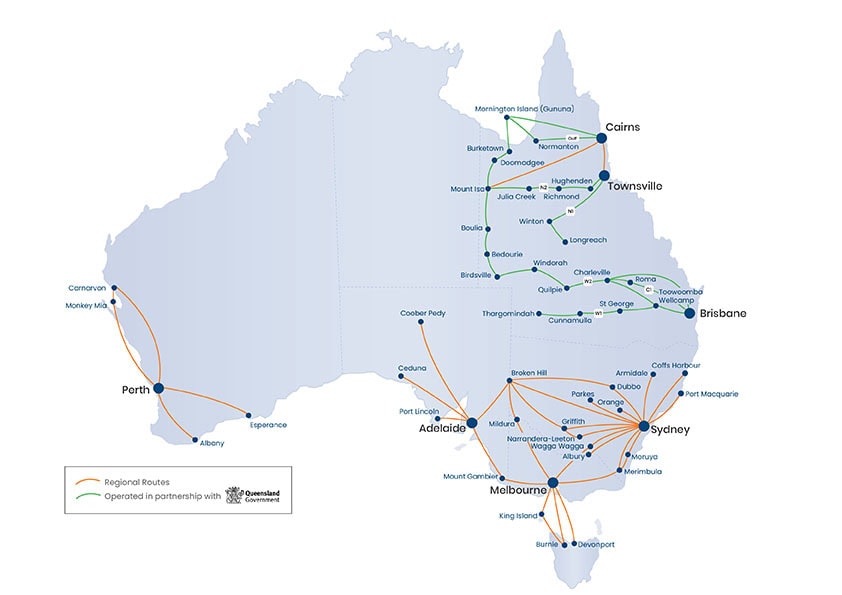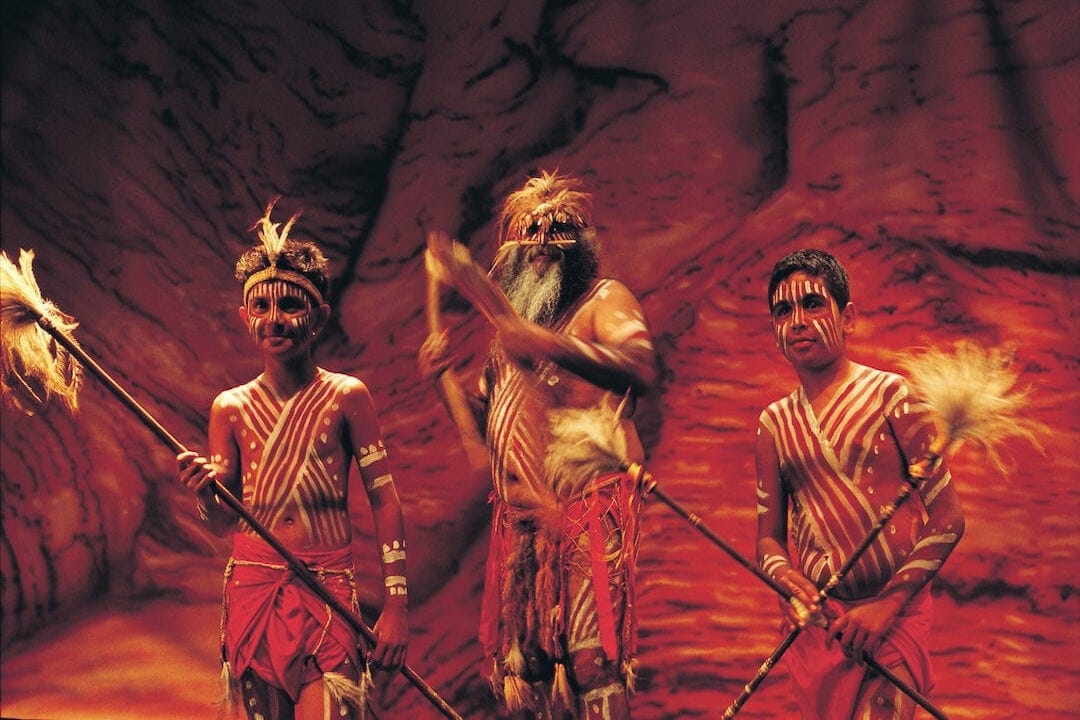Adelaide, or tarntanya in the Kaurna language, has a captivating Indigenous history that is celebrated and respected across the city. The Indigenous attractions and experiences in Adelaide are a great way for visitors to the region to learn more about the Traditional Owners of the land.
The Kaurna people (pronounced ‘gar-na’) are the Traditional Owners of Adelaide and the surrounding areas, and you’ll find their language woven into the design of South Australia’s capital city. The main square is known as Tarntanyangga, which means ‘red kangaroo dreaming,’ and the river which runs through the city is named Karrawirra Parri meaning ‘redgum forest.’
The Traditional Owners overlook country stretching from Crystalbrook in the north to Cape Jervis in the south. In the summer, the coastal plains provided hospitable camps with natural springs and dunes. During colder times, the Kaurna people would move inland to the foothills. Moving seasonally allowed food sources to replenish, which is a major factor in the respect of their lands.
Known for its food and wine, Adelaide shares a rich Indigenous culture with its visitors. Here are a number of Indigenous experiences in Adelaide to acknowledge the culture of the Kaurna nation.
Opening image: Tal-Kin-Jeri Dancers. Image: South Australian Tourism Commission.
Tjilbruke Spring
Within the Kingston Park Coastal reserve is a sacred spring site which plays an important role in the Tjilbruke Dreaming story. This freshwater spring, and Dreaming ancestor, has been bubbling away for thousands of years. At this site you’ll find the Tjilbruke Monument. Erected in 1972 to commemorate the Dreaming story, it represents Tjilbruke carrying his dead nephew, Kulultuwi, on his journey south.
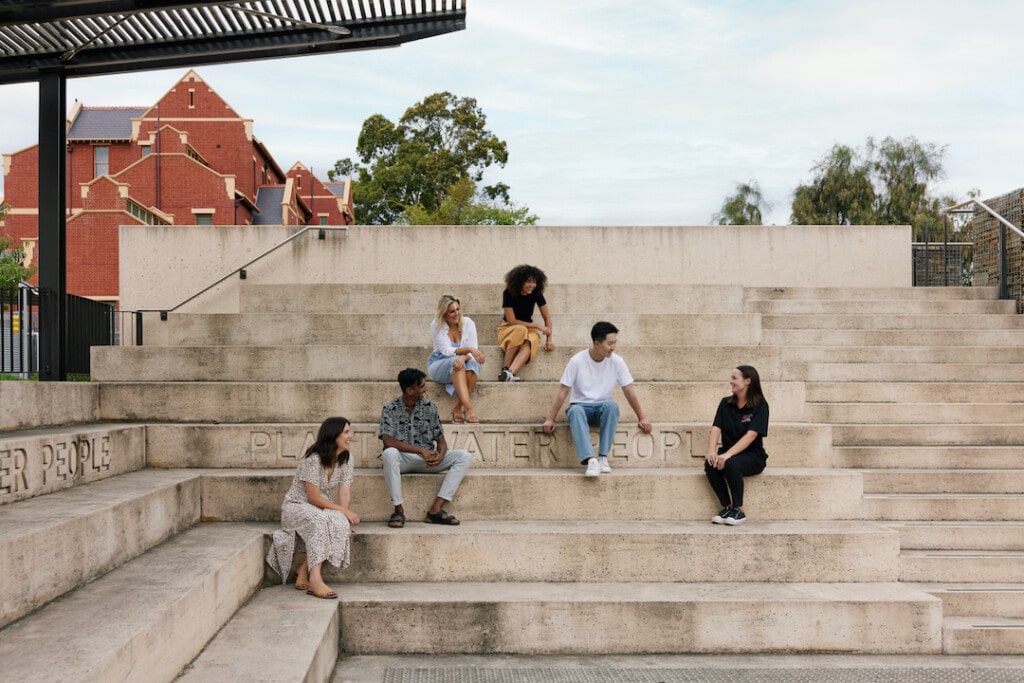
The Riverbank is a Kaurna Market installation
Running between the Adelaide Central Market and the Riverbank precincts, this art installation by Aboriginal artist Paul Herzich uses imagery and text to explore the past, present and future of the Kaurna people. Walking along this permanent exhibit, you are following in the ancient footsteps of the Kaurna people.
You’ll also learn more about Kaurna and European history in the city by following the Kaurna Walking Trail, which links 17 significant sites along the River Torrens / Karrawirra Pari, North Terrace and into Victoria Square /Tarntanyangga. Note that due to current redevelopment work in the Riverbank precinct, some of the features have been moved for safety, and will be reinstated at a later date.
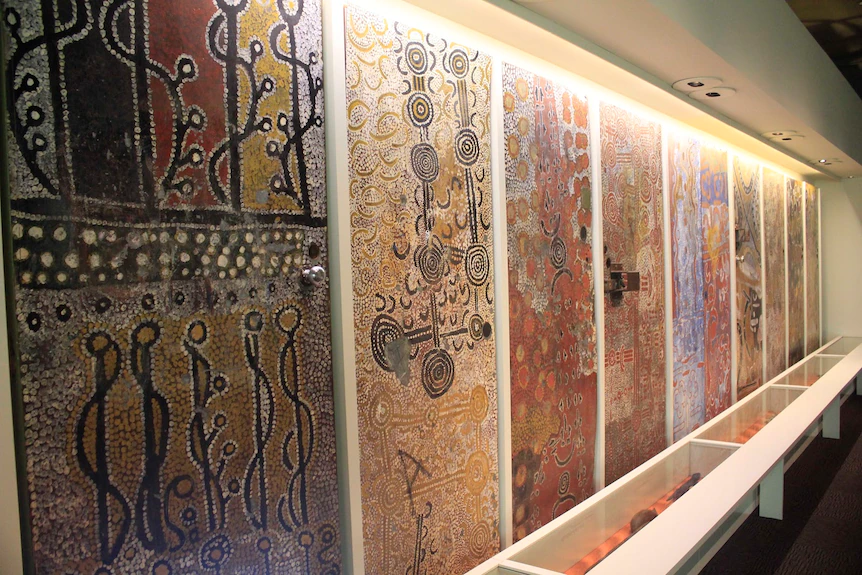
South Australian Museum
Located in the heart of Adelaide’s CBD and home to the world’s largest collection of Aboriginal artefacts (over 30,000!) that have collected since 1890, the SA Museum offers a fascinating look into the ancient traditions and history of Australia’s Traditional Owners. The exhibit is now curated in partnership with Aboriginal people and communities and is one of the top Indigenous experiences in Adelaide.
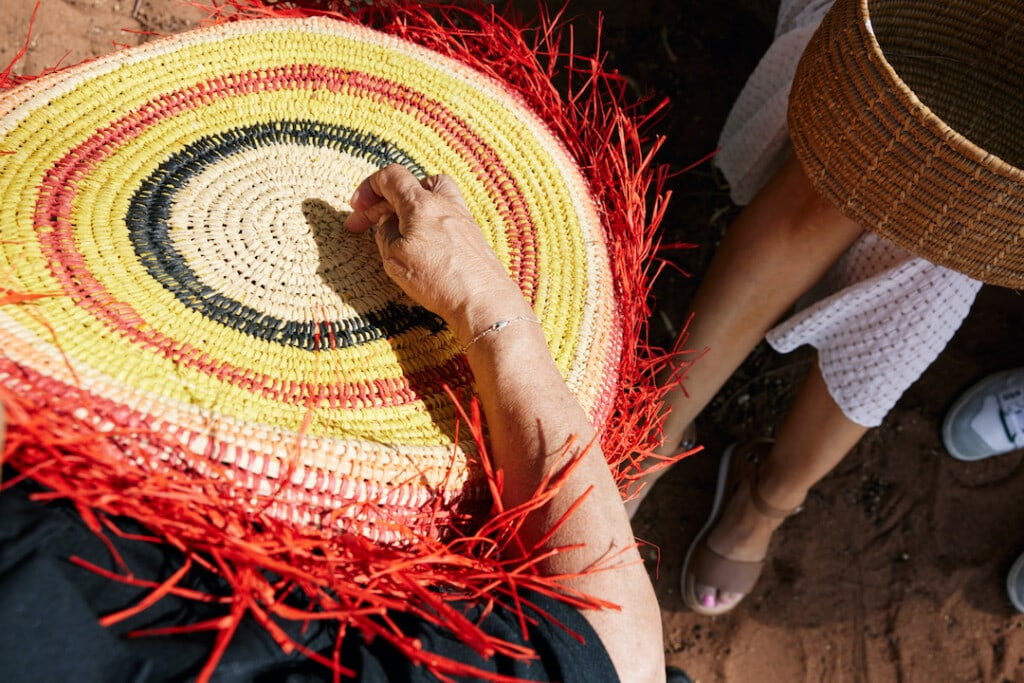
Tandanya – National Aboriginal Cultural Institute
For contemporary Aboriginal and Torres Strait Islander visual and performing arts, a visit to Tandanya National Aboriginal Cultural Institute is a must. Tandanya is a Kaurna word for ‘place of the Red Kangaroo’. This is Australia’s oldest Aboriginal owned and managed multi-arts centre providing the opportunity for visitors to hear about Aboriginal heritage and their stories.
Tarntanyangga
Victoria Square/Tarntanyangga was the birthplace of the Australian Aboriginal flag. It was first raised there in July 1971 at a Land Rights rally. You can learn more at the interactive display on the flagpole in the centre of the area known as Reconciliation Square and see the Cultural Marker. Created when the City of Adelaide, artist Jacob Logos and members of the Kaurna community and wider Aboriginal community came together, this significant public artwork was launched in NAIDOC Week 2017.
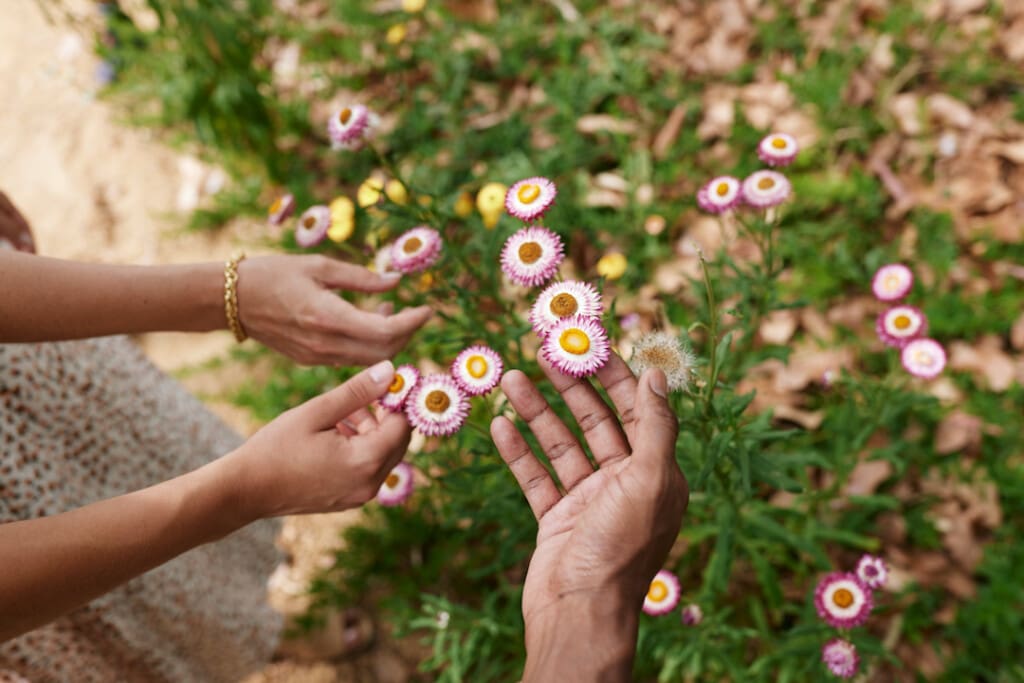
Kingston Park cliff face reserve
This seaside location contains some of the last examples of the original vegetation in Adelaide’s coastline. The Kaurna people would use the 76 species of native plants here for food, tools and weapons. On the cliff overlooking Kingston Pines is the John Dowie Rock Sculpture, which commemorates the Aboriginal Dreamtime Story about the Tjilbruke Spring.
Old Gum Tree
A site of significance for both colonial and Aboriginal history, here you will be able to acknowledge the meeting of these vastly different cultures. Located at the corner of Macfarlane and Bagshaw Streets in Glenelg North, this site is commonly thought to be where Governor Hindmarsh presented the Proclamation of the Colony of South Adelaide in 1836. It has its own significance to the Kaurna people and was known as Yakuna, meaning ‘crooked gum.’
Travel to Adelaide
If you want to experience this rich culture for yourself, why not book a flight with Rex Airlines? Click here to book your ticket.
Enjoyed reading about Indigenous experiences in Adelaide? Explore Indigenous experiences in Cairns here.
